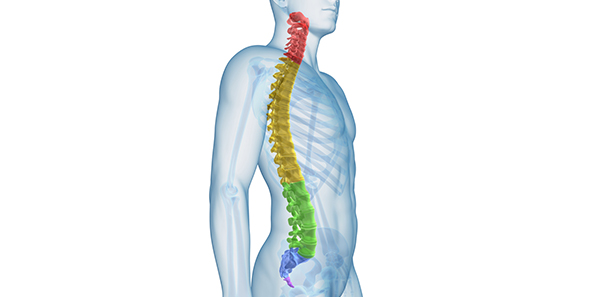
Hair emerges from the dermis, the layer of skin between the superficial level (epidermis) in a sophisticated, complex structure, the hair follicle. Capillary problems include excessive hair growth, alopecia, and abnormal hair growth.
Alopecia accounts for between 3% and 8% of dermatology consultations. It is defined as decreased hair growth or hair loss, either localized or generalized, temporary or permanent, of any type or origin.
To understand alopecia, it is necessary to understand the hair growth cycle and its three stages:
- The anagen or growth stage, which lasts between two and six years, during which time the hair grows one centimeter every month, followed by resting stage.
- The resting or catagen stage last for around three weeks before the shedding stage begins.
- The shedding or telogen stage, during which between 80 and 100 hairs imperceptibly fall out every day, which usually lasts three to four months.
There are different types of alopecia, but from a prognostic point of view, we Will distinguish between two basic types. These are cicatricial alopecia (and therefore irreversible) and non-cicatricial alopecia (potentially reversible). Both involve shedding of the hair from the follicle, but in the first case the follicle is destroyed making it irreversible, whilst in the case of non-cicatricial baldness the follicles not destroyed, suffering only functional changes that may be recoverable. Androgenetic alopecia, more common in men, is an exception which, although not cicatricial, is slowly progressive and irreversible.
When making a diagnosis, it is important to take into account family history (androgenic and congenital alopecia), personal history: related to previous important event, stress malnutrition (anaemia), medications, seborrhoea, effects of physical or chemical agents, endocrinopathies (thyroid, hyperandrogenism) and an adequate medical record: pattern of distribution (diffuse or localised), progression time accompanying manifestations local or systemic), type of onset (acute, chronic), evolution (in outbreaks, slowly progressive, irreversible).
Part of the physical examination is usually the hair pull test (protraction), which consists of pulling at the hair in several regions with the gingers. Normally between one and two hairs come out. The hair obtained is examined by the plain eye or with an optical microscope, and its morphology is evaluated. Hair is dry and lacklustre in congenial alopecia or malnutrition, miniaturized in alopecia androgenetic while alopecia areata features micro exclamation mark hairs. The pattern of distribution of the alopecia should be analysed: diffuse (ask about anything that could have triggered the condition or other symptoms) or localized (look for scarring on the scalp) and the presence of clinical data: inflammation, scaling, adenopathy, scars, pimples, flaking, erythema.
In more than half of all cases of alopecia no complementary examination is required. The medical history and physical examination is required. The medical history and physical examination are enough to make a firm diagnosis. They are not usually life-threatening problems, so a suitable explanation to the patient can suffice.
In selected cases, a complementary test may be ordered: blood test: blood count, glycaemia, iron, creatinine, transaminases, TSH, magnesium, zinc and optionally RP, antinuclear antibodies, HIV and free testosterone and DHEAs special test (culture, direct examination of the hair shalf and flakes with KOH) and even a skin biopsy, if required for the diagnosis.
The most common causes of alopecia are androgenetic alopecia, diffuse female alopecia, alopecia areata, telogenic effluvium, Brocqpseudoplade and ringworm of the scalp. A consultation with a dermatologist Will allow a suitable diagnosis, differentiating alopecia with medical significance from other common but inconsequential conditions that reduce hair thickness. This reduces the patient’s anxiety caused by not knowing what is wrong and its possible progression and suitable treatment where possible.
Dr. Jesús Navas Rodriguez-Specialist in Dermatology
The information published in this media neither substitutes nor complements in any way the direct supervision of a doctor, his diagnosis or the treatment that he may prescribe. It should also not be used for self-diagnosis.
The exclusive responsibility for the use of this service lies with the reader.
ASSSA advises you to always consult your doctor about any issue concerning your health.












